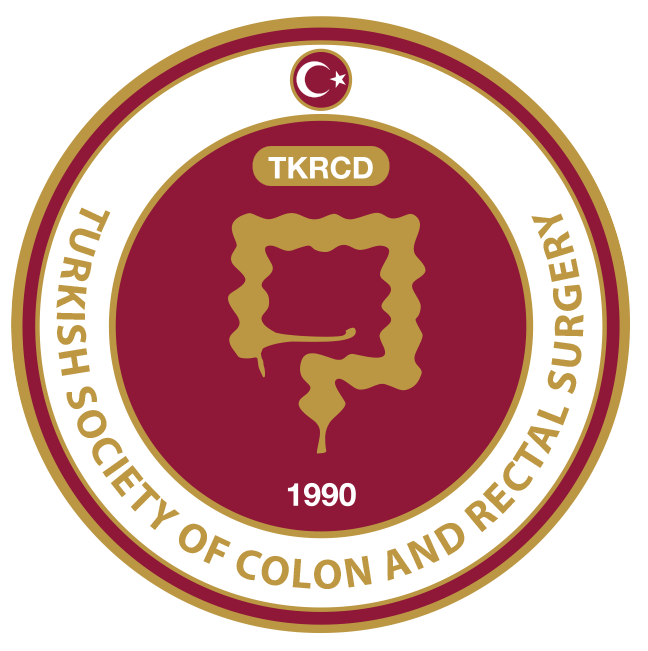ABSTRACT
OBJECTIVE:
Non-traumatic colonic perforation (NTCP) is a rare clinical entity among the causes of acute abdominal syndrome with high morbidity and mortality. In this study, the patients that were operated with NTCP in our department were evaluated.
METHODS:
Patients with NTCP that were operated between January 2000 and January 2009 in our department were evaluated retrospectively. The patient demographics, the time between the onset of the symptoms and the hospital admission, additional diseases, the radiological and the laboratory findings, the localization of the perforation and the etiological factors, the level of generalization of peritonitis, the characteristics of the intraabdominal fluid, the surgical method that was performed, and the postoperative morbidity and mortality rates were obtained from the medical records. Mannheim peritonitis index (MPI) and American Society of Anesthesiology (ASA) scoring index is used to assess the severity of peritonitis and the risk of morbidity and mortality.
RESULTS:
There were 13 (68.4%) male and 6 (31.6%) female patients with a mean age of 59.9 years (ranging 23-83 years). Malignancy was the most common cause of perforation (n=8). Ten patients (58.8%) had pneumoperitonium on their abdominal X-ray while nine patients (52.9%) had free abdominal fluid that was picked up with ultrasonographical examination. The most common perforation site was the sigmoid colon (n=12). There were nine (47.7%) morbidities and three (15.8%) mortalities. Morbidity rate was 33.3% in the patients with an ASA score <2 and 60% with an ASA score >2, while the morbidity rate was 30% in the patients with a MPI<21 and 66.7% with a MPI>21. All the three patients had an ASA score >2, and two of them had a MPI>21.
CONCLUSION:
NTCP is an heterogeneous group with high morbidity and mortality. The optimal treatment method and the prognosis is related with the general condition of the patient, abdominal findings, the size and the localization of the perforation, and the etiological factors. Despite the developing conditions in postoperative intensive care, the morbidity and mortality rates are still high with the patients having generalized peritonitis, ASA score>2 and MPI>21.



